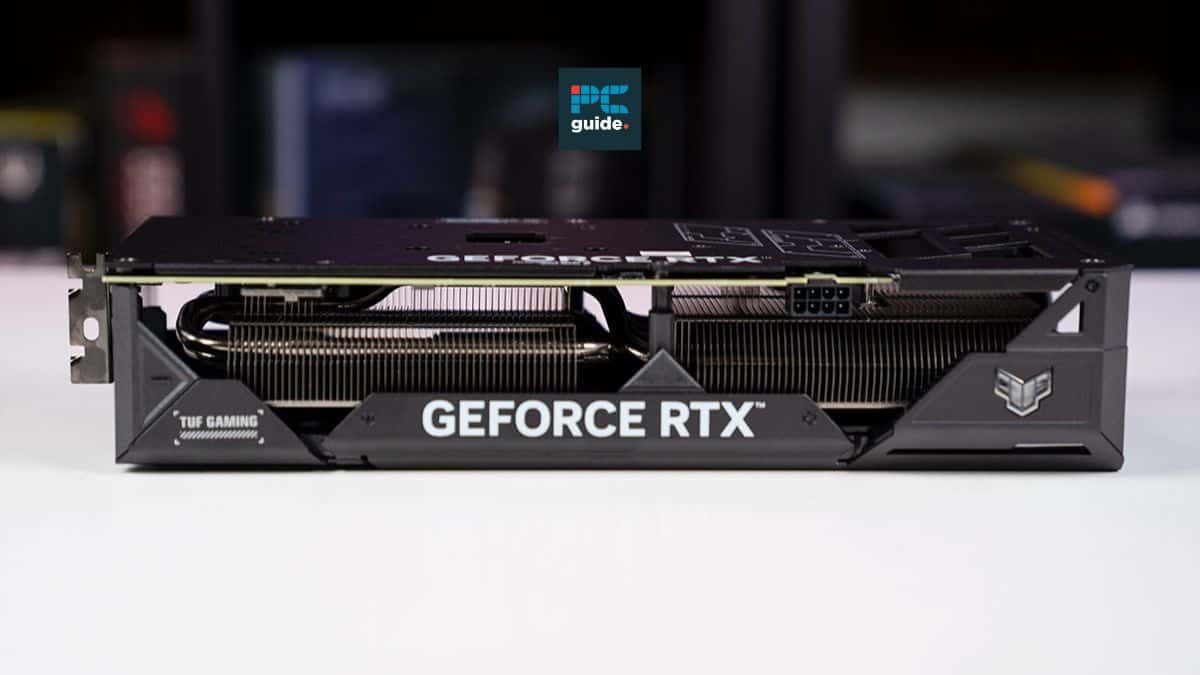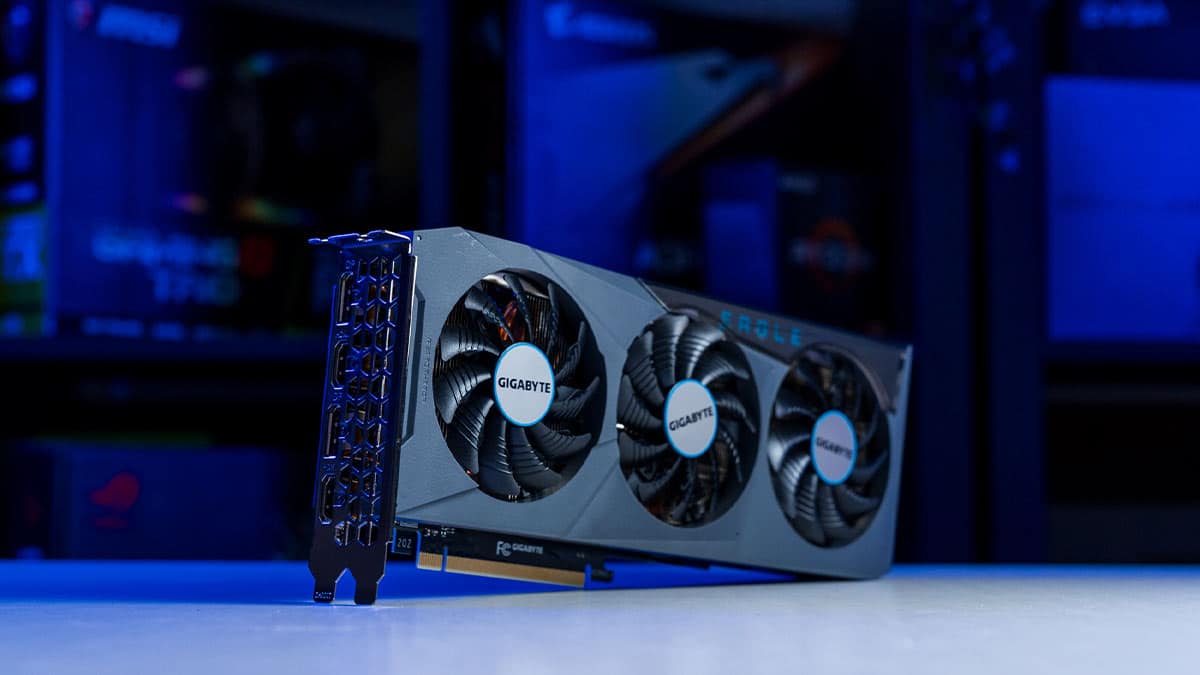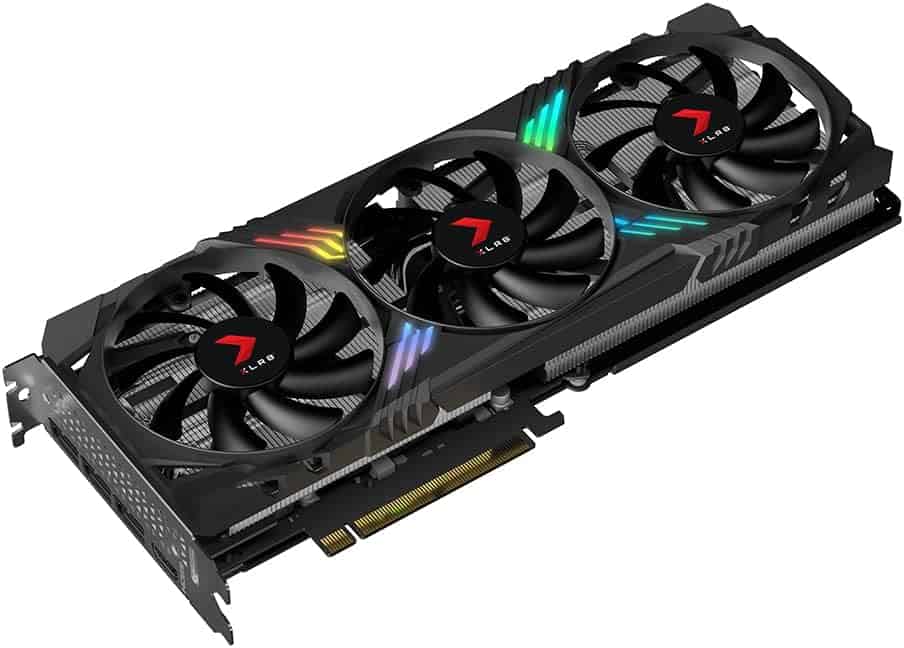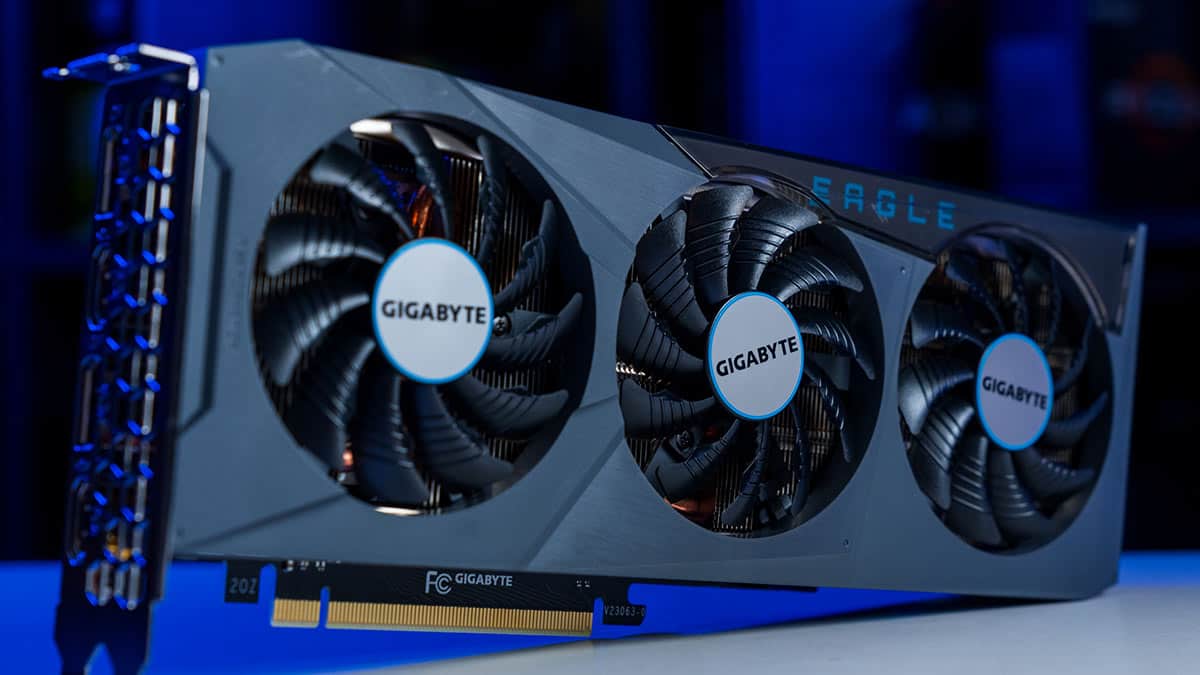RTX 4060 Ti vs RTX 4070 – how our tests stack up

Table of Contents
Nvidia’s mid-range market is full of graphics cards that offer tempting price-to-performance ratios, but if you’re not well-versed in the 40-series, choosing a new GPU can be an overwhelming task. In this article, we’ve chosen two strong players to compare – the RTX 4060 Ti vs the RTX 4070. Both cards were released in May and April of 2023 respectively, so after some time being on the market, is the 4070 $200 more expensive price tag still worth it above the 4060 Ti?
Well, now that we’ve had our fair share of hands-on experience as part of our RTX 4060 Ti review and RTX 4070 review, we’re able to provide a bit more clarity and extra knowledge in terms of real-world performance. Depending on what you want, it might still make sense to go for a 4070 over a 4060 Ti, but it’s worth noting that the former has effectively been replaced by its Super variant that came out in January 2024. For more on that, you can read our 4070 vs 4070 Super comparison, but here we’re continuing with the two graphics cards at hand.
Opt for the RTX 4070 if you can
The RTX 4060 Ti is thoroughly outperformed by the RTX 4070. If you’re able to stretch to the extra cost for a better Ada GPU, then the 4070 is going to be the card to turn to, as for $200 more you’re getting a lot more speed and power. However, the 16GB model of the RTX 4060 Ti bridges the middle ground between these two options nicely.
RTX 4060 Ti vs RTX 4070 specs comparison
| Specs | RTX 4060 Ti | RTX 4070 |
|---|---|---|
| Architecture | AD106 | AD104 |
| CUDA Cores | 4352 | 5888 |
| Texture Units | 136 | 184 |
| Raytracing Cores | 32 | 46 |
| Base Clock | 2310 MHz | 1920 MHz |
| Boost Clock | 2535 MHz | 2475 MHz |
| RAM | 8 GB of GDDR6 | 12 GB of GDDR6X |
| Memory Interface | 128-bit | 192-bit |
| TDP | 160W | 200W |
The Nvidia GeForce RTX 40-series is known to deliver when it comes to specs, so let’s take a quick look at each of these in turn to get a feel for their overall offerings. While the 4060 Ti might not be one of the best graphics cards, it’s still offering reasonable power for its mid-range status. It’s got 4352 CUDA cores, 136 texture units, and 32 RT cores supported by 8GB of GDDR6 VRAM. It might have fewer CUDA cores than both the 4070 and the 3060 Ti, but it doesn’t disappoint in clock speed, with a boost clock that reaches 2.353 GHz; the 32MB of L2 Cache also helps level the playing field. In terms of a Team Red equivalent, the 4060 Ti can likely be compared to the AMD Radeon RX 7700 XT.
The launch of a Super series might suggest that Nvidia missed the mark with the original 4070 lineup, but this GPU is still more than sufficient in specs and performance. It’s clearly a step up from the 4060 Ti, featuring 5888 CUDA cores, an increased 184 texture units, 46 RT cores, as well as 4GB more VRAM (that’s been boosted to GDDR6X, no less). While the larger memory of the RTX 4070 might seem advantageous, it’s worth noting that for most gaming and general-use scenarios, 8GB should be more than sufficient, and this was evidenced when we put the two cards through their paces. Naturally, this increase in power is also reflected in power consumption, as the 4070 has a TDP of 200W compared to the 160W of the 4060 Ti.
In terms of clock speed, the Nvidia RTX 4060 Ti boasts a base clock of 2310 MHz, which can be boosted up to an impressive 2535 MHz. This is a significant jump compared to the RTX 4070, which has a base clock of 1920 MHz and a boost clock speed of 2475 MHz. However, while the higher clock speeds of the 4060 Ti could translate to improved overall performance, especially in GPU-intensive tasks, clock speed and performance don’t necessarily work in a linear fashion, especially if the card’s other specs are a little lacking. There are other factors at play, and if the higher clock speed is not supported by VRAM, CUDA cores, or texturing units, it means that while you might have faster computational power, this might not necessarily translate into better gameplay.
In terms of TDP, the RTX 4060 Ti is the more energy-efficient option, with a TDP of 160W, compared to the RTX 4070’s 200W. This lower TDP means the 4060 Ti would likely run cooler and potentially quieter, while also reducing power consumption. This could be a significant advantage for those concerned with energy efficiency or thermal output in their system.
RTX 4060 Ti vs RTX 4070 performance compared
When it comes to performance, if you want a card that’s significantly faster out of the box, then the higher number suggests that the 4070 will be the way to go. Well, in our testing, we found this to be the case. While the RTX 4060 Ti may boast a higher clock speed, the RTX 4070 brings other advantages to the table that, in many ways, tip the balance in its favor. One of these is gaming performance and average frame rates, as evidenced by our benchmarks.
The RTX 4070, with its 12 GB GDDR6X memory, offers a considerable boost in memory compared to the 8 GB GDDR6 memory of the RTX 4060 Ti. This larger memory size equates to a higher memory bandwidth, allowing for faster and smoother data processing. This feature is particularly beneficial when running games at high resolutions or engaging in heavy-duty tasks like 3D rendering. It also means that you get a card that sails far more smoothly through 1440p, and even in 4K in less demanding environments. The 4070 pulled an average of 105 FPS at 1440 and a playable 64 FPS at 4k in Assassin's Creed Mirage during our tests, but struggled a little more in Cyberpunk 2077, reaching 74 FPS at 1440p and a disappointing 27 FPS at 4K.
Additionally, the RTX 4070 employs a wider memory interface, facilitating a faster data transfer rate and thus contributing to overall performance. This aspect, coupled with a larger number of cores, establishes the RTX 4070 as a more powerful GPU.
On the other hand, the 4060 Ti can be more clearly defined as a solid 1080/1440p card, and this is reflected in its benchmarks – and the lack of 4K results. Cyberpunk 2077 was playable at 1440p with an average of 51 FPS, but 1080p was a lot smoother at its 86 FPS average. CS2 was a breeze though, with 265 FPS at 1080, and a solid 165 FPS average in 1440p. There is a clear disparity between the two cards, but if you only need a card to sail you through 1440p in less demanding games, the 4060 Ti will serve you nicely. It’s worth noting that with either card here, you will need DLSS 3.0 enabled for 4K with ray tracing at playable frame rates. Only the RTX 4090 can really do native 4K – that’s expected, as it’s the top GPU available when it comes to pure power.
| Games | RTX 4060 Ti average FPS (1080p / 1440p) | RTX 4070 average FPS (1080p / 1440p / 4K) |
|---|---|---|
| Assassin's Creed Mirage | 109 / 80 | 137 / 105 / 64 |
| CS2 | 265 / 165 | 313 / 214 / 103 |
| Cyberpunk 2077 | 86 / 51 | 108 / 74 / 27 |
RTX 4060 Ti vs RTX 4070: Price
The RTX 4070, with its robust performance and 12GB GDDR6X memory, comes with an MSRP price tag of $599. This is a competitive price for a GPU with such capabilities, targeting consumers who want to experience next-gen gaming without breaking the bank.
On the other hand, the price of the RTX 4060 Ti stands at $399 for the 8GB model and $499 for the 16GB model. Thus, from a price perspective, the Ti model of the 4060 could offer a fantastic value proposition for those looking to upgrade their gaming rig without severely straining their budget.
However, it’s worth noting that following the time since release, the prices of these cards have likely dropped from where they were at launch, so it can be worth scouring the web for prices lower than MSRP. This is especially relevant for the 4070, which has since been surpassed by the Super series, including the RTX 4070 Ti Super as well as the 4070 Super itself. As is usual with graphics cards, it’s also worth noting that other factors will impact the price too, including manufacturer, size, and additional features such as RGB, a metal design, or overclocking capabilities. The Nvidia Founder’s Edition is usually the cheapest, coming without all the bells and whistles that other companies may add to the GPU.
Is the RTX 4060 Ti better than the RTX 4070?
The RTX 4070, with its superior memory, wider bandwidth, and more cores, is undoubtedly the stronger performer of the two. Despite its price increase, the raw performance upgrades easily win over the compelling specs of the 4060 Ti. What’s more, while it’s been made with 1440p and 1080p gaming in mind, the 4070 has the capacity to extend its reach to run games at 4K, which the 4060 Ti can only dream of. Of course, they’re both Ada cards, but the 4060 Ti would probably find itself at the bottom of the pile compared to the other Ada alternatives offered by Nvidia. It has to be said, that as its successor and overall replacement, the real card to keep an eye on is probably the RTX 4070 Super.




